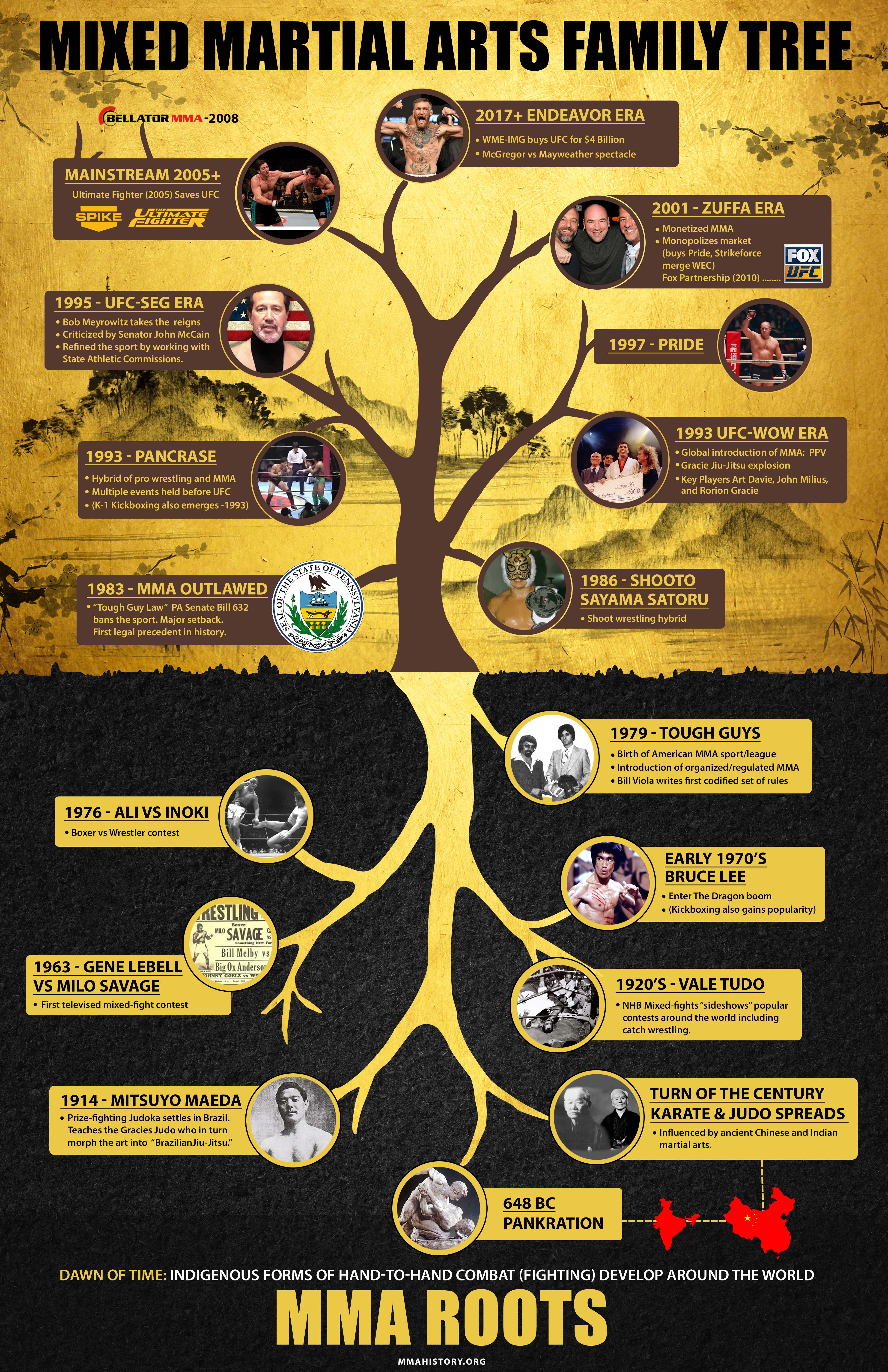Exploring The Differences In Between Traditional Martial Arts And Contemporary Fight Sports
Exploring The Differences In Between Traditional Martial Arts And Contemporary Fight Sports
Blog Article
Post Author-Sherman Rocha
When you consider martial arts, do you lean a lot more toward the standard practices or the modern-day fight sports? Each course supplies one-of-a-kind advantages and experiences, shaped by their viewpoints and training methods. have a peek here stress individual development and technique, while contemporary combat sporting activities focus on competition and performance. Recognizing these differences can assist you in selecting the ideal strategy for your trip. But how do these differences materialize in training and ideology?
The Philosophy and History Behind Standard Martial arts
While lots of people connect martial arts with physical battle, the viewpoint and history behind typical martial arts run much deeper. You'll find that these disciplines emphasize individual growth, discipline, and respect.
Originating from ancient practices, typical martial arts were usually developed for Self-Defense and spiritual growth. They symbolize concepts such as equilibrium, consistency, and self-discipline, directing professionals beyond plain fighting skills.
As you train, you'll not just find out strategies however likewise gain understandings into the culture and worths that formed these arts. The routines and traditions, commonly given through generations, cultivate a sense of community and belonging.
The Competitive Nature of Modern Battle Sports
Modern battle sports have actually transformed the landscape of martial arts into a very affordable field, where professional athletes challenge in an examination of skill, method, and endurance.
You'll observe that competitors are often arranged with strict policies and laws, making certain justice and safety and security. These events draw in huge audiences, sustaining the excitement and strength of matches.
Athletes educate rigorously, not just for physical prowess however additionally for psychological strength, knowing that every detail counts in the ring. The adrenaline rush throughout competitions is palpable, as boxers push their restrictions to assert success.
Fans value the athleticism and virtuosity involved, making modern fight sports a thrilling phenomenon that continues to develop and mesmerize lovers around the globe.
Training Methods and Techniques: A Comparative Analysis
The affordable ambience of contemporary fight sports needs innovative training methods that vary dramatically from conventional martial arts.
In modern training, you'll concentrate on specific strategies, sparring, and conditioning, frequently making use of drills that replicate actual fight scenarios. You'll see a focus on quantifiable performance and frequent competitors to evaluate your skills.
On the other hand, conventional martial arts prioritize forms, katas, and thoughtful teachings, frequently highlighting self-control and regard over competitors.
Training is typically much less intense and may entail repetitive method as opposed to real-time sparring.
While both approaches develop ability and health and fitness, contemporary battle sports provide a more dynamic and versatile training setting, preparing you for prompt challenges in the ring or cage.
Choose the path that aligns with your objectives and rate of interests.
Conclusion
In choosing in between traditional martial arts and contemporary battle sporting activities, it truly boils down to what you value many. If https://rafaelmxbge.ourcodeblog.com/35697828/empower-yourself-and-increase-self-confidence-the-relevance-of-self-defense-workshops seeking personal development, technique, and a sense of area, standard arts might be your ideal fit. However if you thrive on competitors and real-time obstacles, modern-day combat sports could be the method to go. Inevitably, web link provide special benefits, so it's all about aligning your training with your individual objectives and interests.
